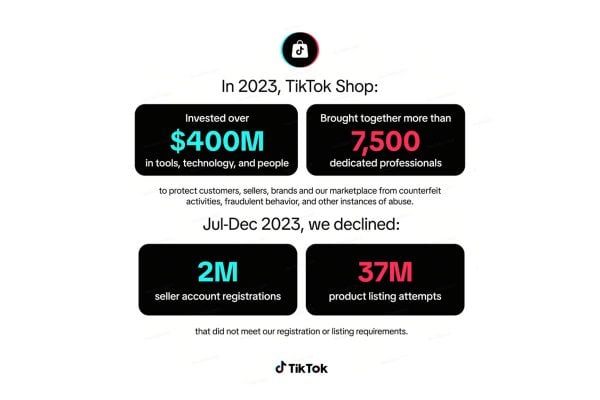UK businesses faced an average of 146,491 attempted cyber-attacks in the second quarter of 2019, equating to one attack every 50 seconds, says UK Cyber Threat Report Q1 2019 by Beaming.
The findings mark the highest level of cyber crimes since Beaming started monitoring attacks in 2016.
According to the report, the volume of internet-borne cyber-attacks from April to June 2019 was 179%. That’s higher than in the same period of 2018 when businesses were attacked online 52,596 times each on average.
The first quarter of the financial year saw IoT applications and file sharing being the most vulnerable at the hands of online criminals. January and March saw the UK companies experiencing 114 and 201 attacks per day, respectively.
April and June saw attacks rising on IoT devices and file sharing services to 17,737 and 10,192 cyber crimes per day, respectively.
The report says the measures companies usually take to beef up their cyber-security is often woefully inadequate.
More than 90% of the respondent organisations have conducted formal risk assessments, 33% have security operations centres to monitor their IT environment. However, only 40% of them have maintained an inventory for their critical business processes.
How to protect a business against cyber attacks?
“It has been reported that cyber-attacks on UK businesses have now reached a record high, with one occurring every 50 seconds in the second quarter of 2019, according to a leading ISP. These figures are extremely concerning and highlight the considerable risks posed to business by the growth of cybercrime.”
“Businesses across all sectors and sizes from SME to the blue-chip are vulnerable to hackers but unfortunately a general awareness of cyber risks has not necessarily translated into the adoption of adequate protections. Too many firms focus solely on prevention and do not have safeguards in place to deal with the significant financial and reputational damage that may occur from a successful attack.”
“We would strongly urge businesses who have cyber insurance to review their policies alongside their risk management provisions to ensure they have adequate cover in place and those who don’t should contact their advisors for further information as soon as possible.”
“Being educated on the type of protection most suitable for your business and working with professionals that can help identify areas of vulnerability goes a long way to ensure the right safeguards are in place.”
– Linsey Scott, regional development director, Jelf







